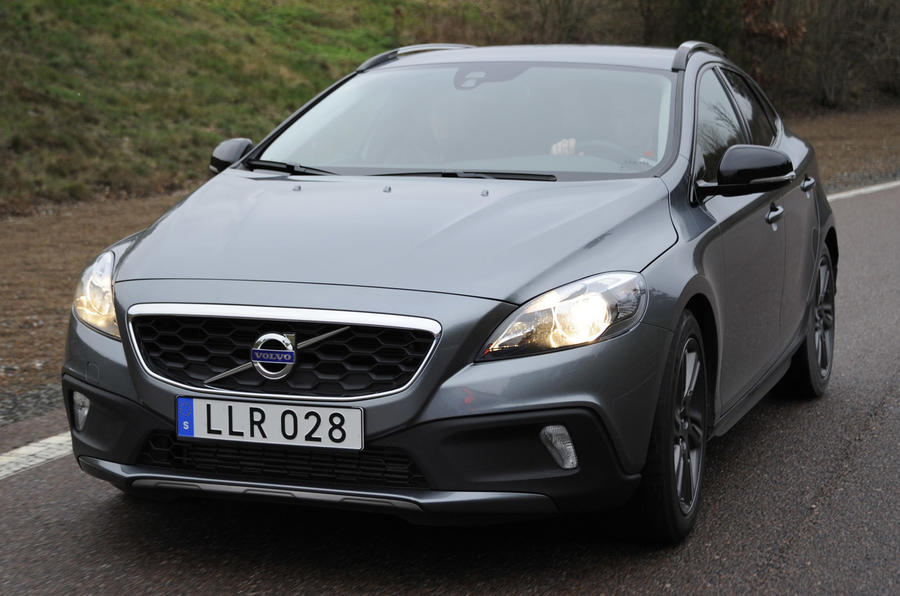What is it?
As part of Volvo’s Drive-E powertrain strategy, the Swedes have pledged not to produce an engine with more than four cylinders, so gone are the days of the distinctive five and six-pot units that have powered Volvos in the past.
Further downsizing is on the agenda, however, and now that the four-cylinder Drive-E petrols and diesels are being installed across Volvo’s range, attention has turned to developing a new 1.5-litre, three-cylinder, turbocharged petrol engine, which has been codenamed GEP3.
Volvo hopes the unit will help it hit the targeted fleet average of 95g/km of CO2 by 2020 purely with conventional internal combustion engines. That doesn’t mean hybrids aren’t part of the game plan; such systems will be used to find even further efficiency gains and provide performance benefits.
The new engine is mainly intended for Volvo’s small cars built around the Compact Modular Architecture (CMA), as the V40 is. However, it could also find its way into the larger Volvo V60, Volvo S60 and Volvo XC60 models, which are underpinned by the new Scalable Platform Architecture (SPA). Volvo has begun testing the three-pot in the engine bay of a V40 Cross Country, which is the car we tried on a short test track at the firm's Gothenburg headquarters.
Volvo’s clever modular technology strategy means the 1477cc powerplant shares common 82.0mm bore and 93.2mm stroke measurements, and some basic architecture, with the Drive-E four-cylinder unit. Keeping things simple helps to reduce production costs, says Volvo, leaving the company more budget to spend on enhancing other areas of the car.
The company’s engineers reckon they can tease anything from 104bhp to a maximum of around 178bhp from the unit using advanced turbocharging technologies (the pre-series engine in this V40 Cross Country uses a single turbocharger).
Available torque can range from 162 to 195lb ft, and it is more a lack of torque than power that will preclude the engine being installed in even larger and heavier cars across Volvo’s model range.
The new engine can be mated to manual and automatic transmissions as well as four-wheel drive systems.















Join the debate
Add your comment
I wonder if this three
"the Swedes have pledged...
TS7 wrote:... not to produce
Bigger doesnt always mean better - honest.